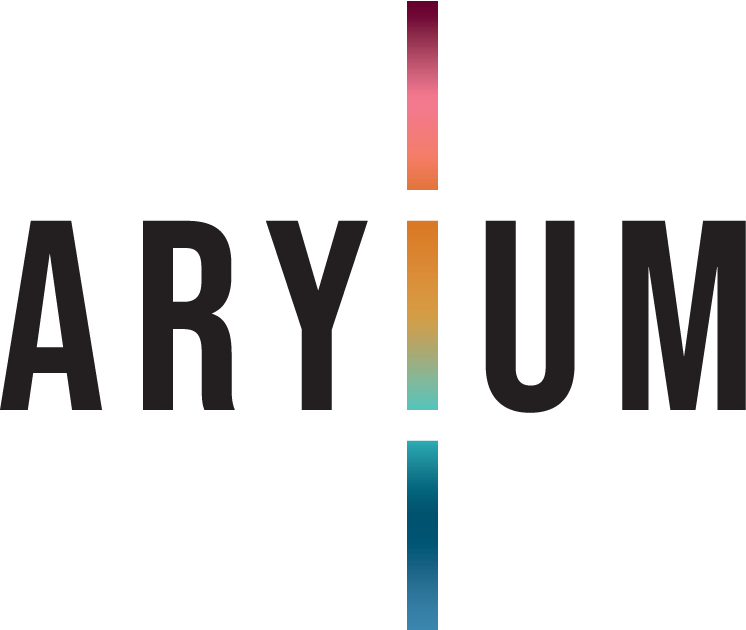What is Design Management?
Unlock success with Design Management: A strategic imperative for complex projects…
Design Management is a critical discipline that bridges creativity and strategy, and understanding the nuances of design management can significantly impact your company’s trajectory. So, let’s delve into this multifaceted realm and unlock its potential.
At its core, Design Management is the orchestrated process of planning, organising, and steering design projects within an organisation. It transcends aesthetics and dives deep into the strategic fabric of your enterprise. Design Management is the process of planning, organising, and controlling the development and implementation of design projects within an organisation. It involves the coordination of resources, such as personnel, budget, and equipment, and the integration of design activities with other business functions, such as marketing, manufacturing, and sales.
Here’s what you need to know about Design Management:
1. Holistic Coordination
Design Management involves harmonising various resources—human capital, financial allocations, and technological infrastructure. Imagine it as a symphony conductor, ensuring that every instrument (or resource) plays in perfect harmony. Whether it’s assembling a dream team of designers or allocating budgetary resources, effective coordination is the bedrock.
2. Integration Across Functions
Design doesn’t exist in isolation; it thrives when seamlessly woven into the fabric of other business functions. Marketing, manufacturing, and sales—these aren’t silos but interconnected gears driving organisational success. Design Management ensures that design activities align with broader business objectives.
3. Setting the Course: Strategies and Objectives
Design Management crafts robust strategies and objectives. How does your design align with your market positioning? This type of question find answers through deliberate planning. A well-defined design strategy becomes your North Star, guiding every creative decision.
4. Processes and Standards
Consistency breeds trust. Design Management establishes processes and standards that ensure uniformity across projects. Design management ensures its consistent portrayal across touch-points.
5. Measuring and Elevating Performance
Metrics matter. Design Management evaluates performance objectively. These insights drive continuous improvement. By quantifying design impact, you empower informed decisions.
6. Relationships and Strategic Alliances
Design partners and clients aren’t mere collaborators; they’re allies in your journey. Effective design management nurtures these relationships. Whether it’s collaborating with an external agency or understanding your client’s vision, fostering strong bonds amplifies creativity and outcomes.
7. Design Thinking as Business Strategy
Design thinking—the empathetic, user-centric approach—is a secret weapon. Design management integrates this mindset into your organisation’s DNA. When you empathise with your end-users, you create products that resonate. Remember Apple’s iconic iPhone? It wasn’t just a phone; it was a lifestyle revolution—an embodiment of design thinking.
The Versatility of Design Management
Design management transcends industries. Whether you’re envisioning an Sustainable building or a Maximum Containment Bio-containment facility its principles apply. Architects, designers, engineers—they all dance to the same rhythm of design management.
Examples of Design Management in action:
Apple Inc.:
Apple’s success story is intricately woven with design management. From the sleek iPhone to the minimalist Apple Stores, design permeates every aspect of their brand.
Design Thinking: Apple’s relentless focus on user experience—intuitive interfaces, seamless hardware-software integration—is a testament to design thinking principles.
Google:
Google’s clean, functional interfaces—Search, Maps, Gmail—are a result of design management.
User Research: Google’s iterative design process involves extensive user testing and feedback.
Architectural Marvels:
Think of the Sydney Opera House, the Burj Khalifa, or the Guggenheim Museum Bilbao. These architectural wonders are the outcome of meticulous design management.
Collaboration: Architects, engineers, and builders collaborate seamlessly to bring these visions to life.
Urban Planning and Wayfinding:
Navigating a city seamlessly involves design management. Transport maps, street signs, public spaces—all designed for functionality and aesthetics.
User-Centric Approach: Cities prioritise pedestrian-friendly designs, accessibility, and green spaces.
The benefits of Design Management:
Strategic Consistency:
Benefit: Design management ensures that you remain consistent across all touchpoints.
Impact: Consistency builds trust.
Enhanced Innovation:
Benefit: By integrating design thinking into your processes, you unlock innovative solutions. Design management encourages divergent thinking, leading to breakthrough ideas.
Impact: Innovative ideas differentiate your organisation.
Efficient Resource Allocation:
Benefit: Design management optimises resource allocation—budgets, personnel, and technology. It ensures that design efforts align with business goals.
Impact: Efficient resource utilisation translates to cost savings and streamlined operations.
User-Centric Approach:
Benefit: Design management places users at the core. Whether it’s user research, usability testing, or empathy-driven design, understanding user needs drives success.
Impact: Designs resonate with users, leading to higher customer satisfaction.
Cross-Functional Collaboration:
Benefit: Design management bridges silos. It encourages collaboration between designers, engineers, and other teams.
Impact: When diverse expertise converges, holistic solutions emerge—ones that consider both form and function.
Risk Mitigation:
Benefit: Design management minimises risks associated with design projects. Clear processes, standards, and evaluation metrics reduce uncertainty.
Impact: Fewer design-related setbacks mean smoother project execution.
Brand Differentiation:
Benefit: Your company’s uniqueness lies in its design. Effective Design Management ensures that you stand out in a crowded marketplace.
Impact: Attracts loyal customers and sets you apart from competitors.
Measurable Impact:
Benefit: Metrics matter. Design management evaluates design performance.
Impact: Data-driven decisions lead to continuous improvement and informed design choices.
Stakeholder Alignment:
Benefit: Design management aligns stakeholders—internal teams, clients, and partners—around a shared vision.
Impact: When everyone understands the design strategy, collaboration becomes seamless.
Long-Term Sustainability:
Benefit: Design management considers longevity. Sustainable design choices—environmentally and aesthetically—ensure lasting impact.
Impact: Resilient designs which will last.
Design management is an interdisciplinary field that involves the integration of design and management principles and practices. It is applicable to a wide range of industries and sectors, including design, architecture, and engineering.
Remember, Design Management isn’t a luxury; it’s an investment in your organisation’s future. Embrace it, and watch your creative endeavours flourish. As you navigate the ever-evolving business landscape, remember: Design isn’t just aesthetics; it’s the heartbeat of progress.

